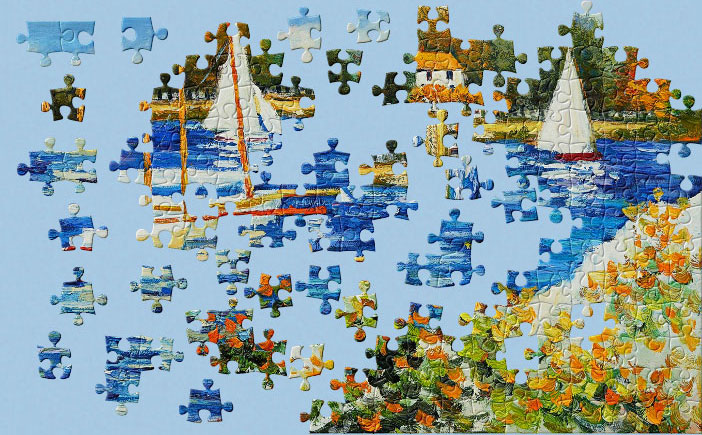I had been missing music in my life recently. Then, oh joy, our hi fi system was repaired, and all of a sudden, music flows over and around me again like balm, like electricity, like sustenance.
Ludwig van Beethoven told us, "Music is the mediator between spiritual and sensual life." How right he was! For everyone, but, I suspect, especially for artists. I cannot count how many times I have read of artists or heard artists saying that they always create art to the sound of music. I find that the type of art I am trying to do dictates to some degree the music to which I listen. Gregorian chants or early choral music go beautifully with silverpoint drawing, while watercolours are far more eclectic! Life drawing too works marvellously to world music with a driving beat.
Different kinds of music, different rhythms. Think of two wonderful artists who depicted music-making but who themselves made art that pulsed with rhythm - Romare Bearden and Jacob Lawrence.
#55 Saxophone Improvisation - 1986, Romare Bearden
Each of these amazing artists leaves an impression that they were marrying the music they heard with the images they saw in their mind's eye. Just as Alton S. Tobey described as he wrote, "There is a kinship between music and painting - with the same words used to describe both, as when a musical composition is said to have colour and a painting to have rhythm."
Indeed, for me, music is art in real time, art is music in real time - but oh, it is nice to have the opportunity to marry both together again.




